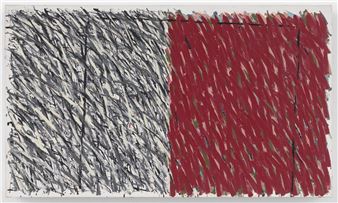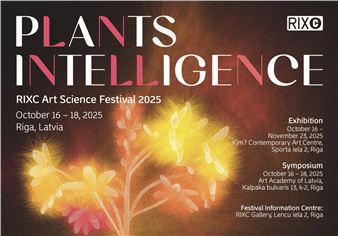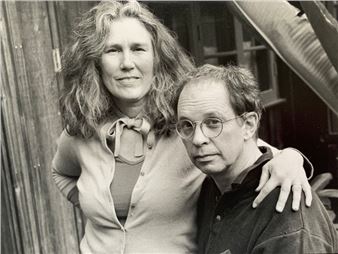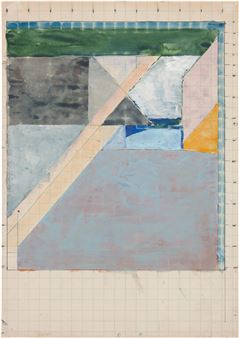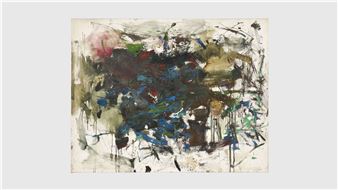Kibbitz & Nosh: New York CityвҖҷs Vanished Cafeterias
Edward Hopper House Museum & Study Center is pleased to present Kibbitz & Nosh: New York CityвҖҷs Vanishing Cafeterias, an exhibition of over 25 photographs by Marcia Bricker Halperin documenting the waning years of New York CityвҖҷs self-service dining establishments. Among the locations she photographs between 1975 and 1985 are Horn & Hardart automats and DubrowвҖҷs, a popular family-owned chain of cafeteria-style restaurants in Manhattan and Brooklyn that closed its doors in 1985. HalperinвҖҷs black-and-white photographs recall some of Edward HopperвҖҷs most iconic oil paintings, such as Automat (1927, Des Moines Art Center), Chop Suey (1929, private collection), Sunlight in the Cafeteria (1952, Yale University Art Gallery), and, of course, Nighthawks (1842, Art Institute of Chicago). Both artists capture figures at popular eateries in isolated contemplation or private social interaction.
As HopperвҖҷs canvases from the 1920s to вҖҳ50s suggest, midcentury New York was stippled by restaurants offering low-priced food and beverage. Their growth coincided with swelling immigration, an expanding middle class and workforce, and the upward independence and evolving roles for women. Like Hopper, Halperin creates open-ended narratives by portraying figures engaged in isolated contemplation or private social interaction within the eateriesвҖҷ atmospheric architectural interiors. Privy to the moment, the photographer, as the painter, remains on the outside looking in.
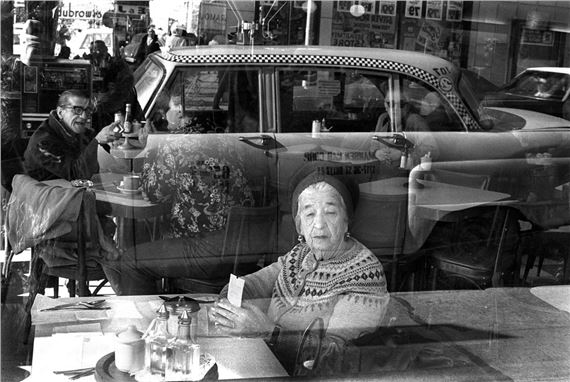
Recommended for you
Edward Hopper House Museum & Study Center is pleased to present Kibbitz & Nosh: New York CityвҖҷs Vanishing Cafeterias, an exhibition of over 25 photographs by Marcia Bricker Halperin documenting the waning years of New York CityвҖҷs self-service dining establishments. Among the locations she photographs between 1975 and 1985 are Horn & Hardart automats and DubrowвҖҷs, a popular family-owned chain of cafeteria-style restaurants in Manhattan and Brooklyn that closed its doors in 1985. HalperinвҖҷs black-and-white photographs recall some of Edward HopperвҖҷs most iconic oil paintings, such as Automat (1927, Des Moines Art Center), Chop Suey (1929, private collection), Sunlight in the Cafeteria (1952, Yale University Art Gallery), and, of course, Nighthawks (1842, Art Institute of Chicago). Both artists capture figures at popular eateries in isolated contemplation or private social interaction.
As HopperвҖҷs canvases from the 1920s to вҖҳ50s suggest, midcentury New York was stippled by restaurants offering low-priced food and beverage. Their growth coincided with swelling immigration, an expanding middle class and workforce, and the upward independence and evolving roles for women. Like Hopper, Halperin creates open-ended narratives by portraying figures engaged in isolated contemplation or private social interaction within the eateriesвҖҷ atmospheric architectural interiors. Privy to the moment, the photographer, as the painter, remains on the outside looking in.
Artists on show
Contact details


 ARTISTS
ARTISTS







